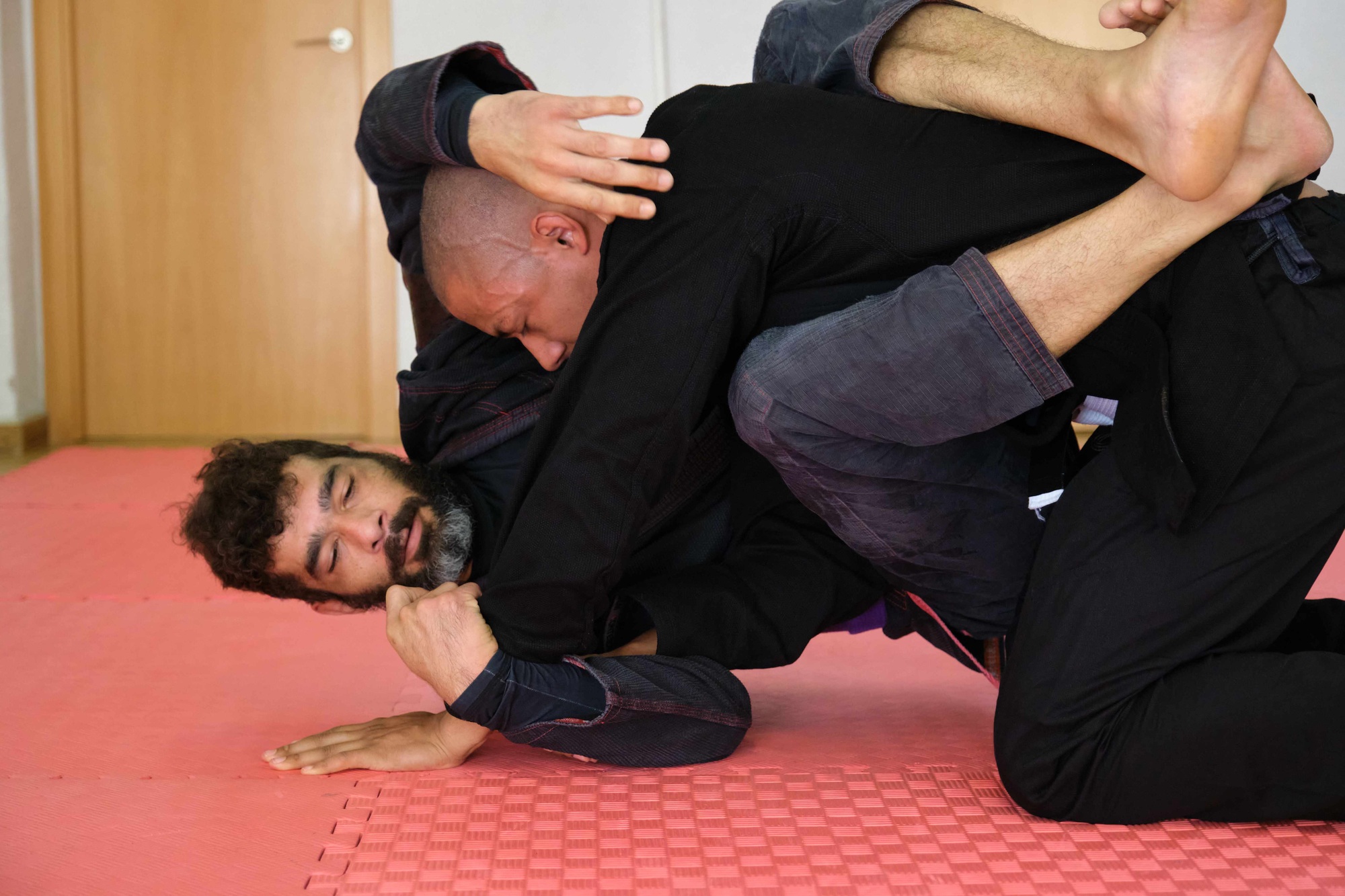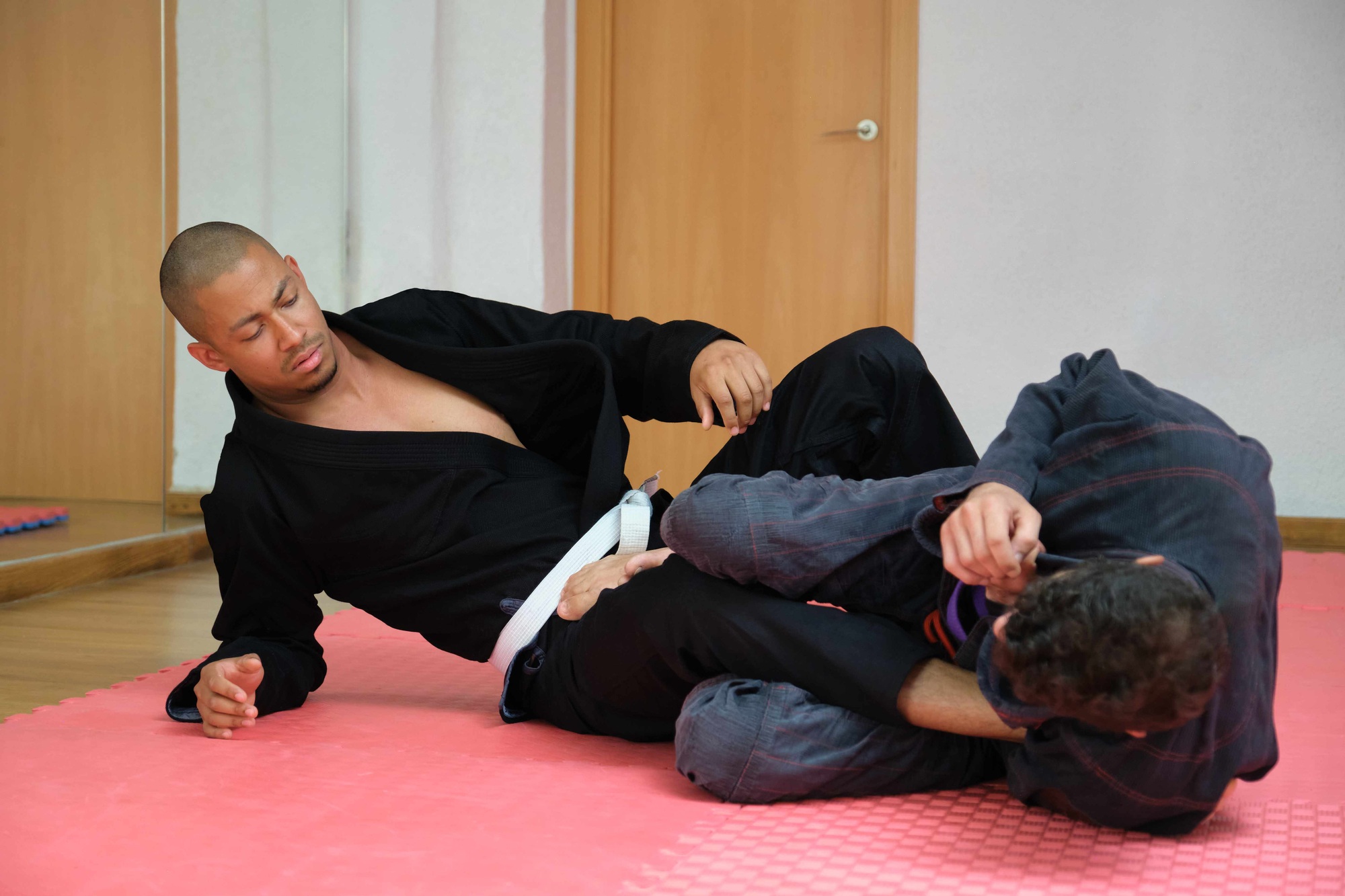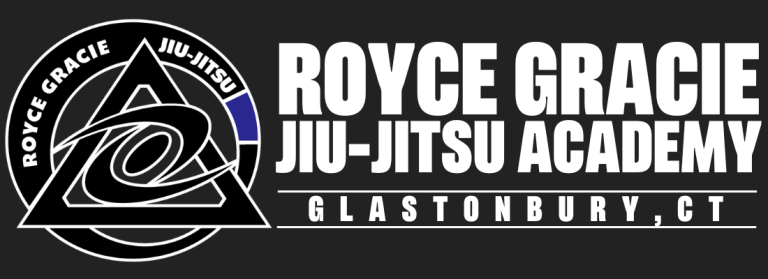Embarking on your Brazilian jiu jitsu (BJJ) adventure represents one of the most rewarding yet challenging decisions you can make in martial arts. This ground-based combat sport emphasizes leverage, technique, and mental strategy over brute strength, creating an environment where practitioners of all sizes can excel. Whether you’re seeking fitness, self-defense skills, or a new community, Brazilian Jiu Jitsu classes offer transformative experiences that extend far beyond the training mats.
Your gi serves as both uniform and training tool in traditional brazilian jiu jitsu classes. This three-piece ensemble includes a reinforced jacket, durable pants, and a colored belt indicating your rank. When selecting your first gi, prioritize comfort and durability over flashy designs. Pearl weave fabric offers excellent balance between strength and breathability, while single weave provides lighter weight for beginners. Most academies require white gis for newcomers, though some allow blue or black alternatives. Invest in quality construction with reinforced seams at stress points, as your gi will endure countless hours of gripping, pulling, and washing.
Modern BJJ encompasses both gi and no-gi training formats. For no-gi sessions, your equipment needs shift dramatically. A high-quality rash guard protects your skin from mat burn while providing compression benefits. Choose moisture-wicking synthetic materials over cotton to maintain comfort during intense training. Grappling shorts should feature reinforced stitching and flexible panels for unrestricted movement. Many practitioners prefer compression pants (spats) for additional protection and muscle support. Some academies require protective cups, while others prohibit them for safety reasons, so verify your school’s policy beforehand.
Beyond primary uniforms, several accessories enhance your training experience. A custom-fitted mouthguard protects your teeth during dynamic movements and accidental contact. A dedicated water bottle ensures proper hydration throughout demanding sessions. Pack a small towel for wiping sweat and maintaining mat cleanliness. Shower shoes prevent fungal infections when moving between locker rooms and training areas. Athletic tape becomes invaluable for supporting minor injuries or protecting vulnerable joints during training.
BJJ academies maintain strict traditions that foster respect and safety. The practice of bowing when entering or leaving the mat area acknowledges the training space’s significance and your commitment to the art. Removing footwear before stepping onto mats prevents contamination and maintains hygiene standards. Your personal cleanliness directly impacts training partners’ comfort and health, making pre-class showers and trimmed nails essential courtesies. Jewelry removal eliminates injury risks and prevents damage to training gear.
Punctuality demonstrates respect for instructors and classmates while maximizing your learning opportunities. Arriving early allows proper preparation and mental focus before instruction begins. During technique demonstrations, maintain complete attention and avoid side conversations that disrupt learning environments. Always acknowledge training partners with gratitude before and after practice sessions, fostering positive relationships within your academy community. When caught in submission holds, tap immediately and repeatedly to signal surrender, prioritizing safety over ego.
Address instructors using their preferred titles, typically “Professor” or “Coach,” acknowledging their expertise and dedication. Reserve questions for appropriate moments between instruction segments rather than interrupting demonstrations. Listen actively during explanations and observe carefully during technique breakdowns. Take notes after class to reinforce learning and track your progression through various positions and techniques.

Brazilian Jiu Jitsu classes follow predictable formats that maximize learning and conditioning benefits. Sessions typically begin with dynamic warm-up exercises designed to prepare your body for grappling movements while building cardiovascular endurance. Technique instruction occupies the majority of class time, with instructors demonstrating new positions, transitions, and submissions before students practice with partners. Live rolling (sparring) concludes most sessions, allowing practical application of learned techniques under controlled resistance. Cool-down periods help prevent injury while providing opportunities for questions and feedback.
Your initial BJJ experiences will challenge your body in unprecedented ways. Grappling engages muscle groups rarely activated in conventional sports, creating unique fatigue patterns and soreness. Expect cardiovascular demands that exceed traditional exercise routines, as BJJ combines strength, flexibility, and endurance requirements simultaneously. Your grip strength will develop rapidly from constant gi grabbing, while core muscles adapt to constant engagement during ground fighting. Initial awkwardness with unfamiliar movements gradually transforms into fluid, efficient technique through consistent practice.
BJJ presents significant psychological hurdles alongside physical demands. The intimate nature of grappling requires comfort with close physical contact that many find initially uncomfortable. Submission situations trigger natural panic responses that must be managed through breathing control and mental discipline. The complexity of BJJ techniques can overwhelm beginners accustomed to simpler skill acquisition processes. Frequent defeats during early training challenge ego and self-perception, requiring mental resilience and patience with the learning process.
Defensive positioning forms the cornerstone of effective BJJ development. Learning to protect yourself from submissions and maintain stable positions provides confidence for offensive technique exploration. Proper falling techniques (break-falls) prevent injury while building comfort with ground movement. Prioritize technique refinement over speed or strength application, as efficiency trumps athleticism in advanced BJJ practice. Maintain curiosity and ask detailed questions about position mechanics, leverage points, and timing concepts.
Relying on strength over technique creates bad habits that hinder long-term development while increasing injury risks. Breath control remains essential during intense training, as holding your breath reduces performance and increases panic responses. Pride prevents learning when you refuse to tap to submissions, potentially causing serious injury. Overtraining early in your BJJ journey leads to burnout and injury, while comparison to other students creates unnecessary frustration and discouragement.
BJJ progression occurs gradually over years rather than weeks or months. Each belt rank represents hundreds of hours of dedicated training and skill development. Focus on daily improvements rather than distant achievements, celebrating small victories like successfully defending a submission or completing a challenging technique. Consistency in training attendance provides greater benefits than sporadic intensive periods. Accept that everyone progresses at different rates based on factors including physical attributes, previous experience, and training frequency.
Proper warm-up routines prepare your body for grappling demands while reducing injury likelihood. Communicate openly with training partners about existing injuries or physical limitations to ensure appropriate intensity levels. Develop sensitivity to your body’s signals, distinguishing between normal training discomfort and potentially serious injury symptoms. Maintain hydration throughout training sessions, especially during hot weather or extended classes.
Pre and post-training showers prevent skin infections common in grappling sports. Keep training gear clean through regular washing and proper drying techniques. Address any skin irritations or unusual symptoms promptly to prevent spreading infections within your academy community. Maintain short, clean fingernails and toenails to prevent accidental scratching during close contact training.
Learn to identify different types of pain and discomfort experienced during training. Sharp, sudden pain typically indicates potential injury requiring immediate attention, while muscle fatigue produces different sensations. Develop relationships with healthcare providers familiar with grappling sports for optimal injury treatment. Consider preventive measures like massage therapy or physical therapy to address minor issues before they become serious problems.
Introduce yourself to classmates and participate actively in academy social events to build lasting friendships. Follow your school’s social media accounts to stay informed about special events, seminars, and schedule changes. Show respect to senior students while remaining approachable to newer practitioners joining after you. Volunteer for academy events or competitions to demonstrate commitment and build stronger community connections.
Seek training opportunities with practitioners across all skill levels to maximize learning experiences. Higher-ranked partners provide technical knowledge and pressure testing, while newer students allow practice of teaching skills and technique refinement. Communicate clearly about desired training intensity and specific goals for each session. Express gratitude to training partners and offer assistance with technique questions when appropriate.
Help maintain positive training environments through encouragement and support of struggling classmates. Share knowledge gained from seminars, competitions, or supplementary training resources. Mentor newcomers by sharing your early experiences and offering practical advice for common challenges. Participate in academy traditions and ceremonies that strengthen community bonds and preserve BJJ cultural values.

Brazilian jiu jitsu offers transformative experiences that extend far beyond physical fitness or self-defense capabilities. This martial art develops mental resilience, problem-solving abilities, and deep friendships forged through shared challenges and triumphs. Remember that every accomplished practitioner began exactly where you stand today, facing identical doubts and uncertainties about their capabilities.
Your success in BJJ depends more on consistency and patience than natural athleticism or previous martial arts experience. Embrace the learning process with humility and curiosity, understanding that mastery develops through years of dedicated practice rather than months of intensive training. Stay committed to regular attendance, maintain open communication with instructors and training partners, and celebrate the small victories that mark your progression through this incredible martial art.
Each academy maintains unique traditions and requirements, so verify specific policies and expectations with your chosen school. Most importantly, approach your training with genuine enthusiasm for learning and personal growth. Your Brazilian jiu jitsu journey promises challenges and rewards that will reshape your understanding of physical capability, mental toughness, and community connection. Welcome to the beginning of an extraordinary adventure that will enrich your life in ways you cannot yet imagine.

107 Oakwood Drive
Glastonbury, Connecticut 06033
© 2025 · ROYCE GRACIE JIU JITSU ACADEMY OF GLASTONBURY, CT